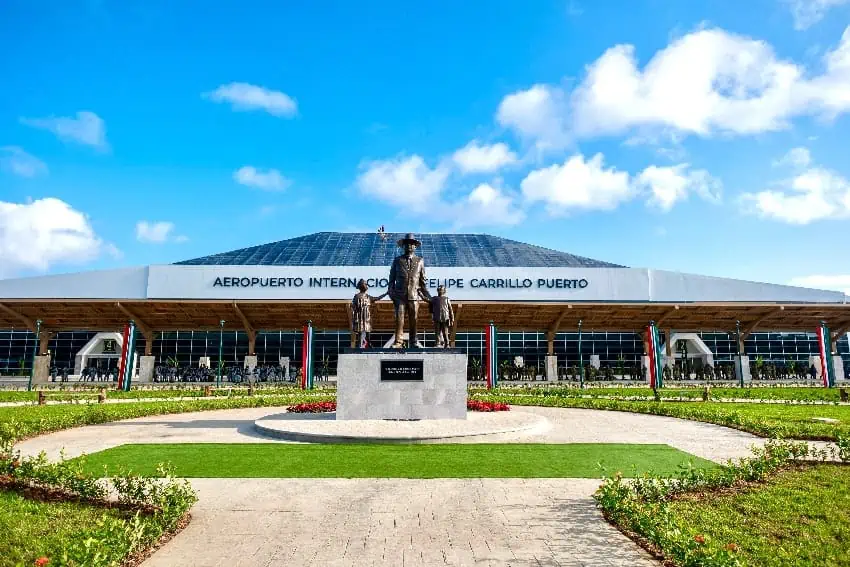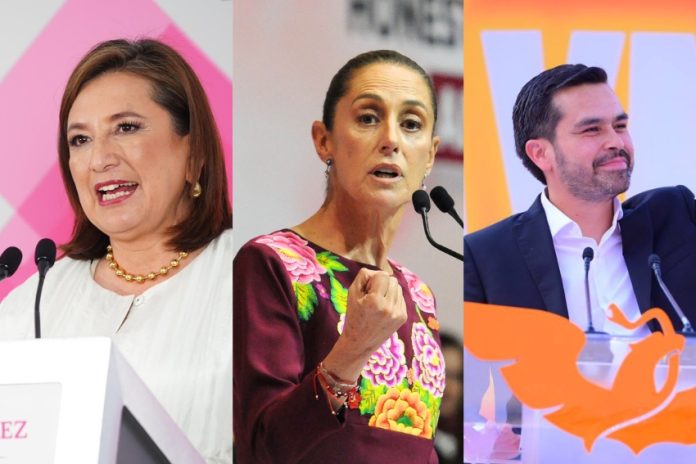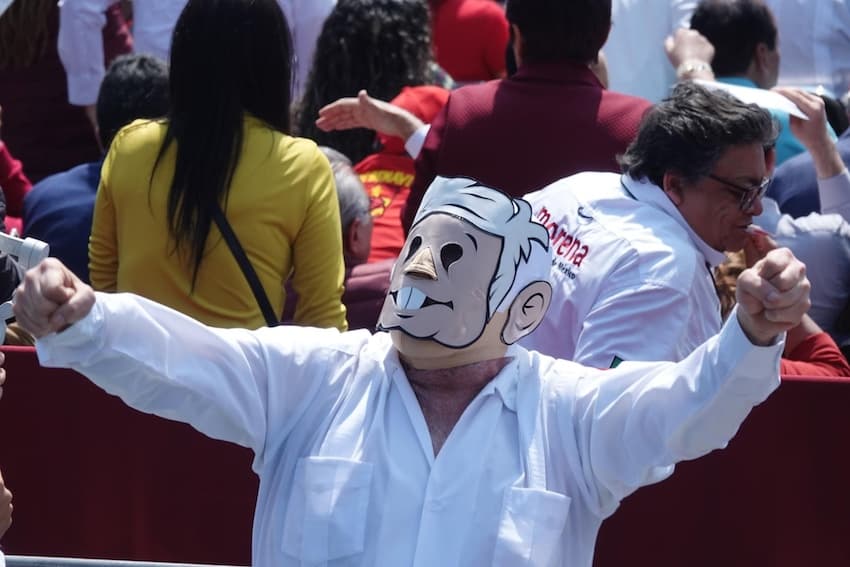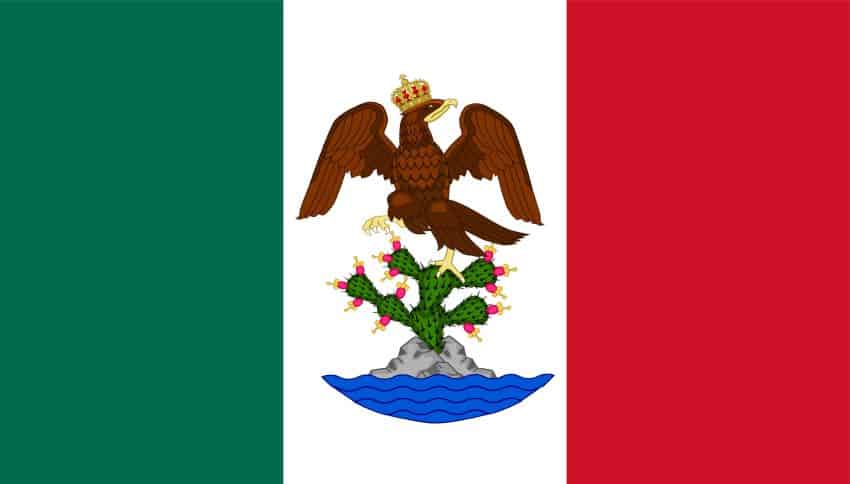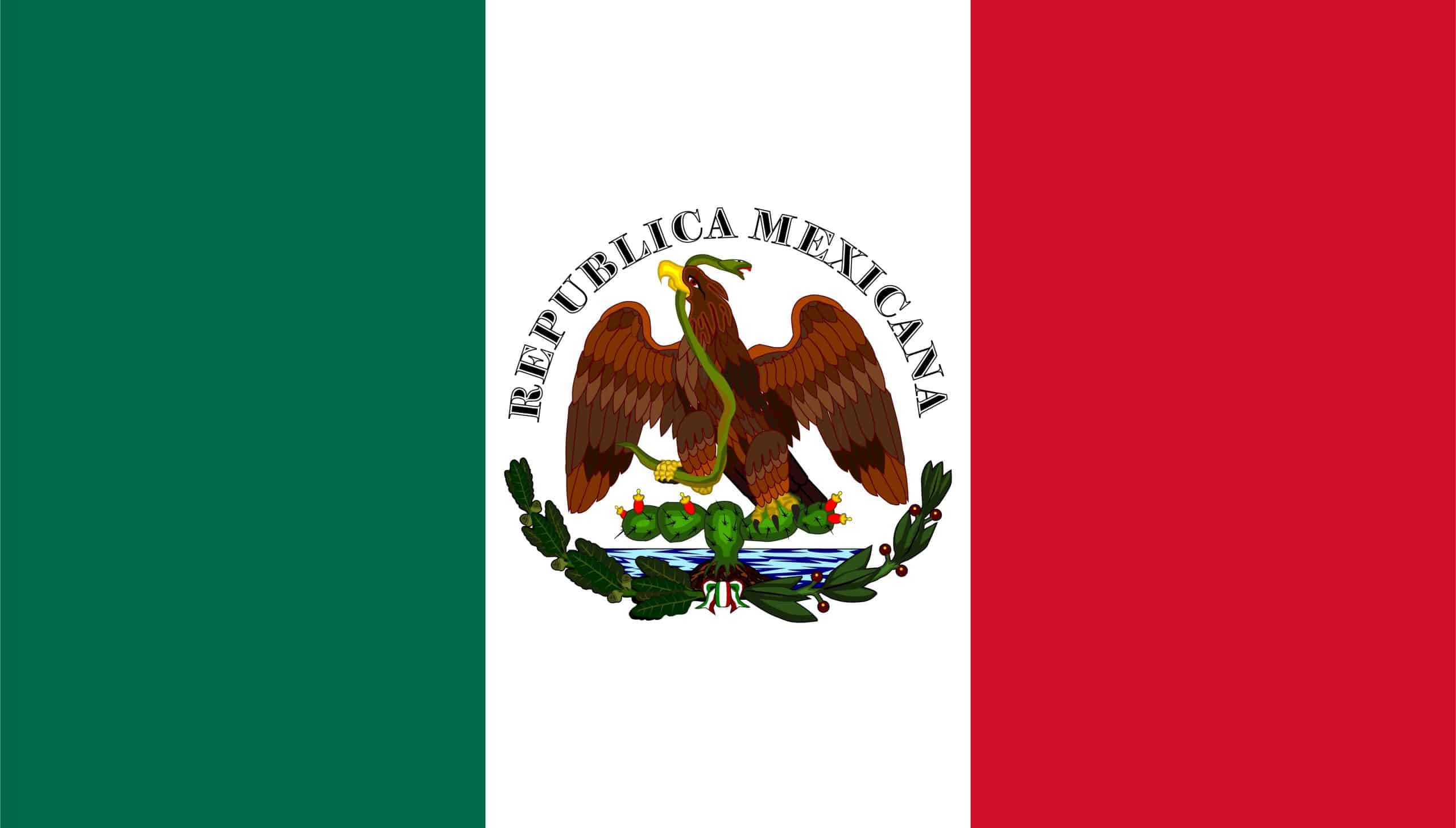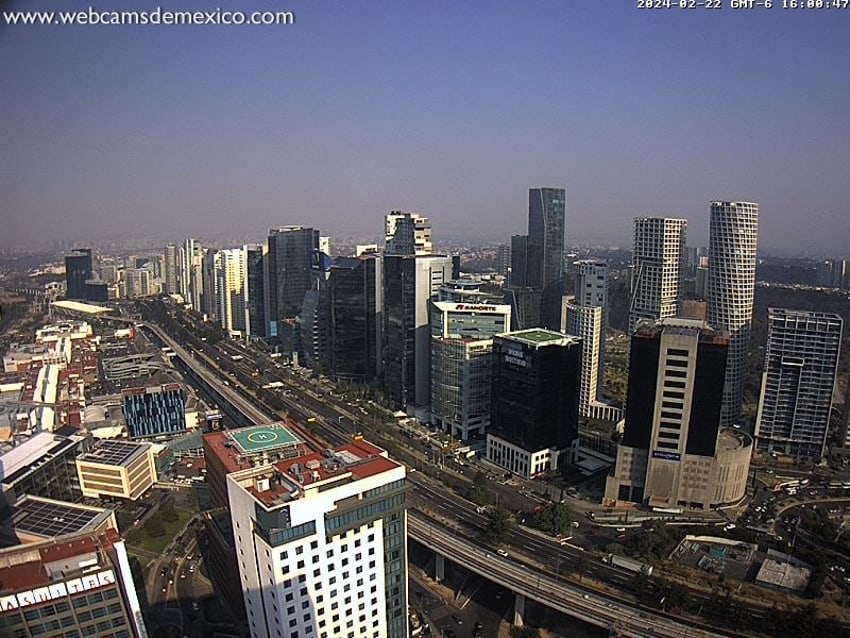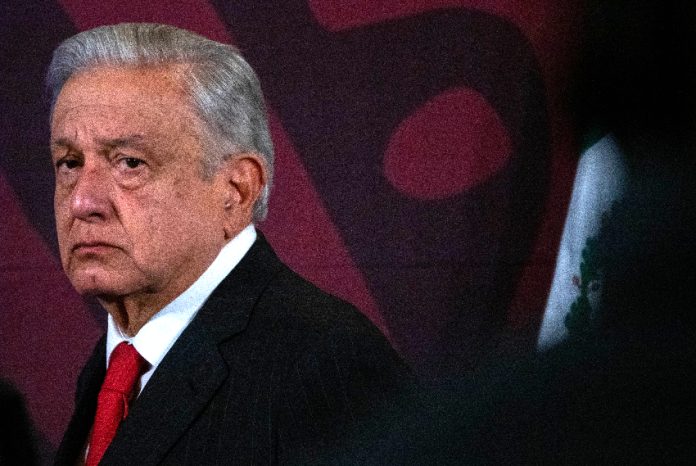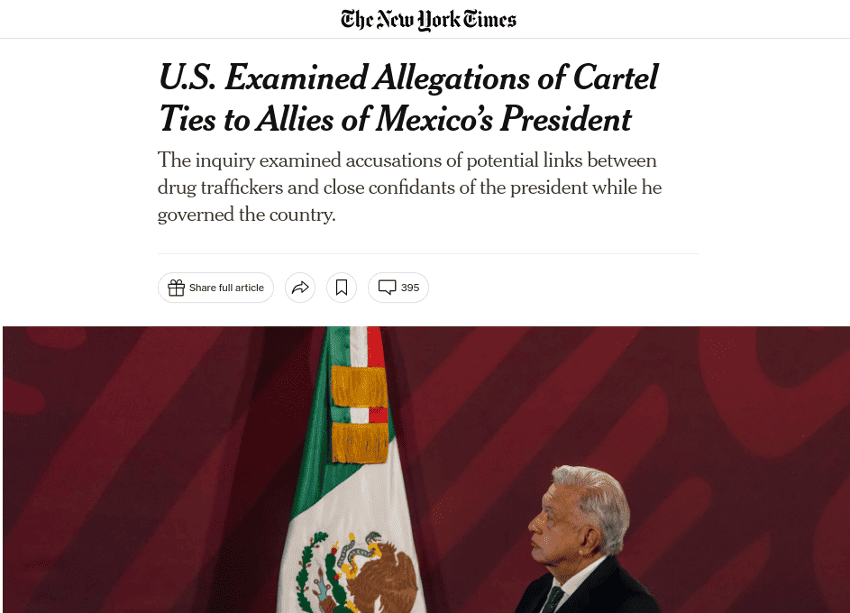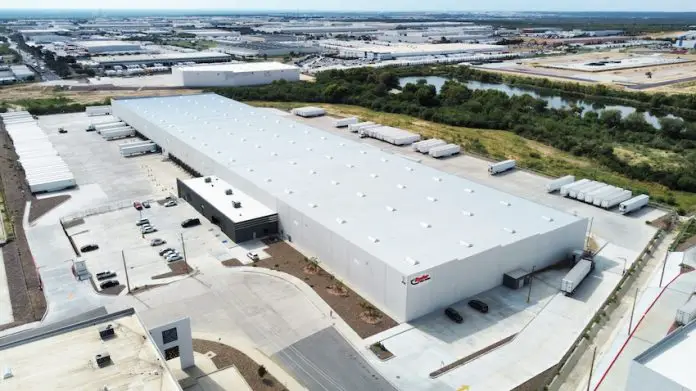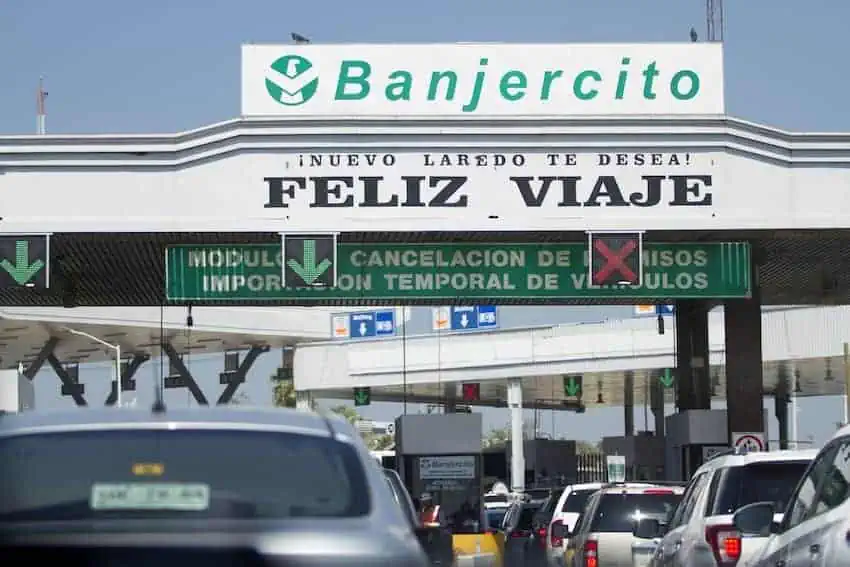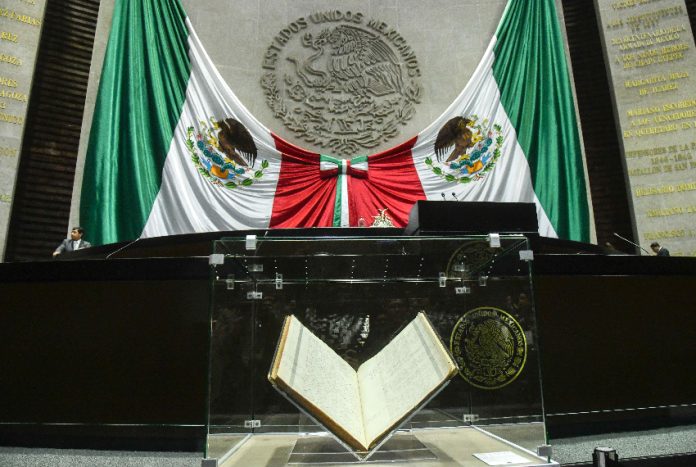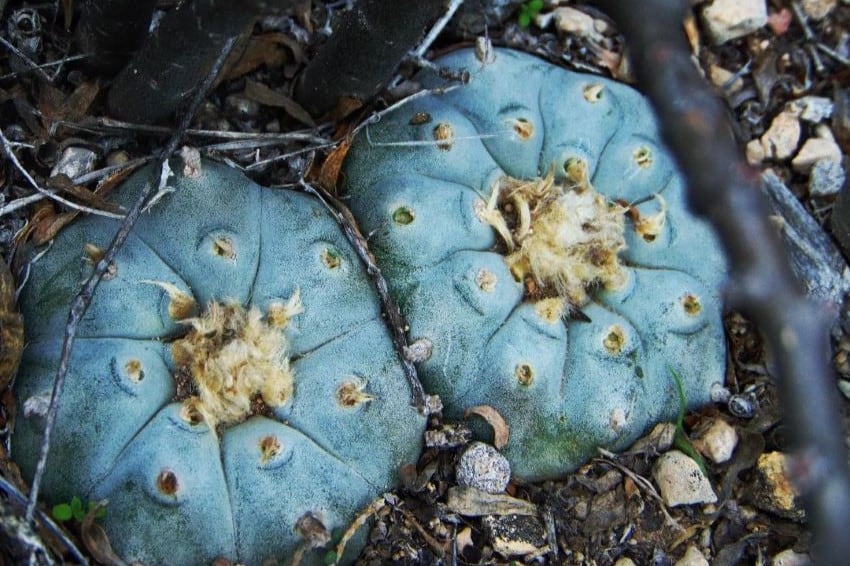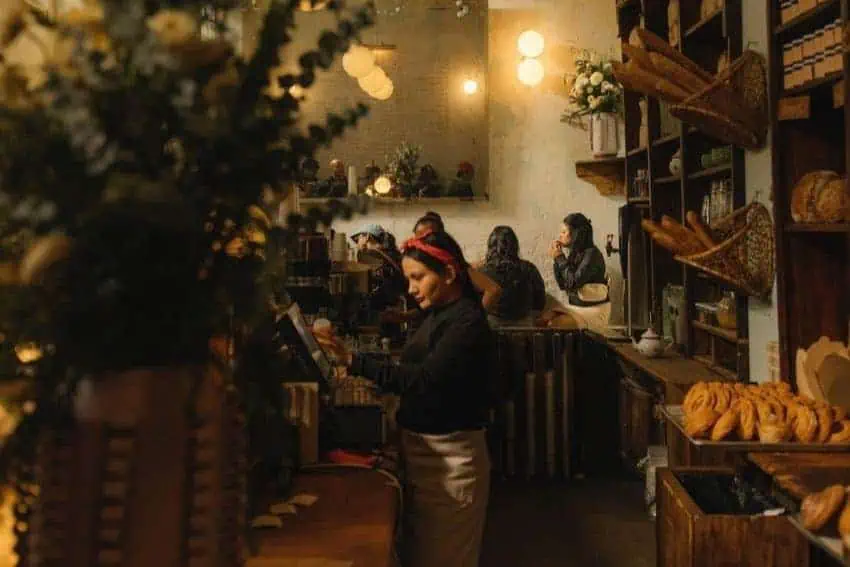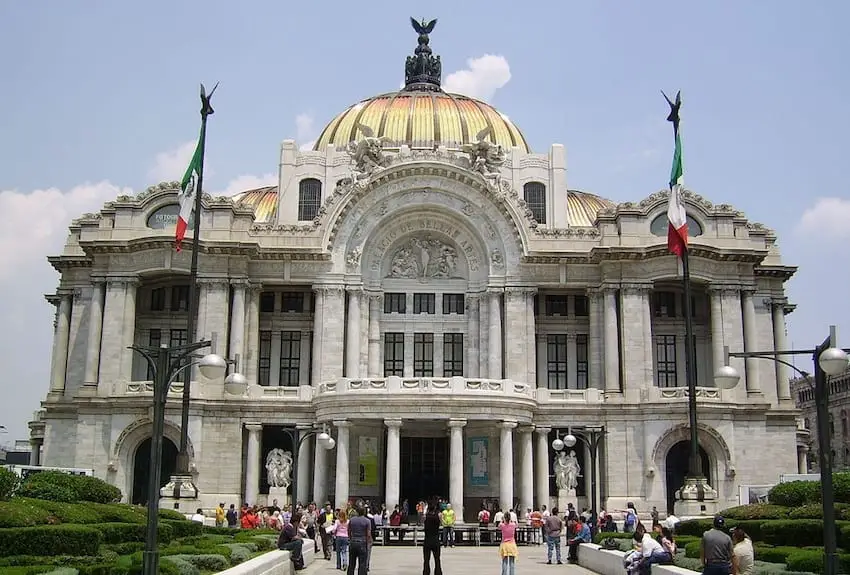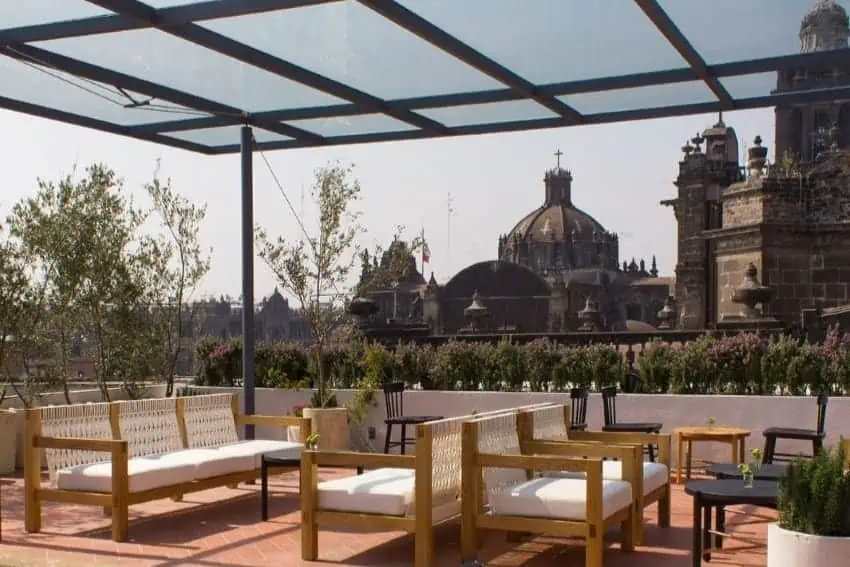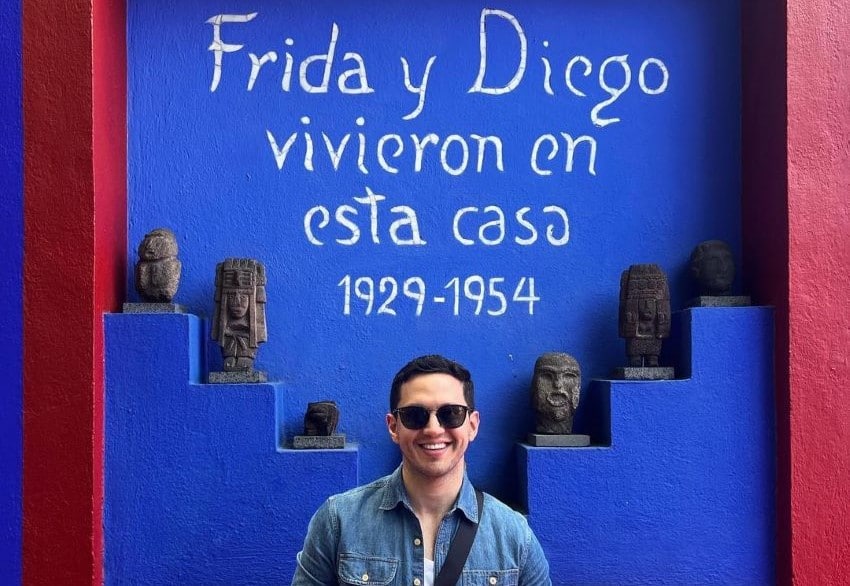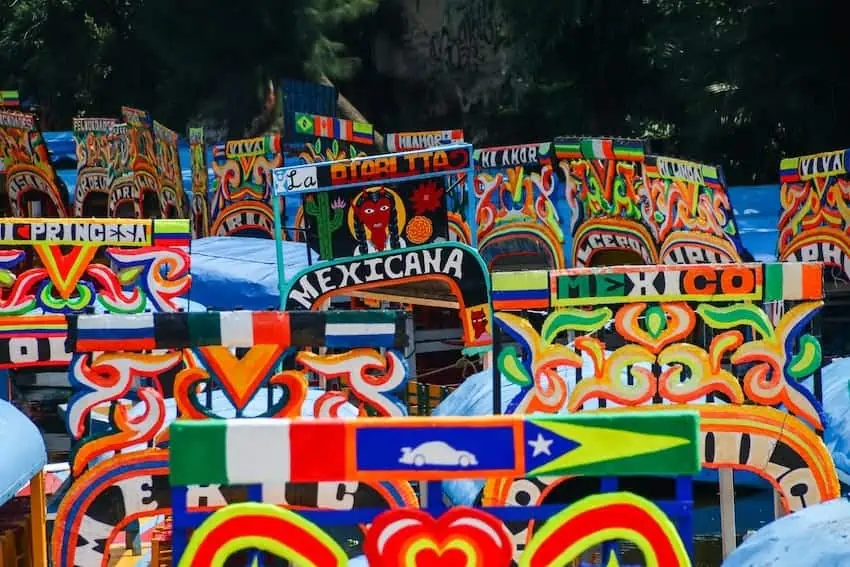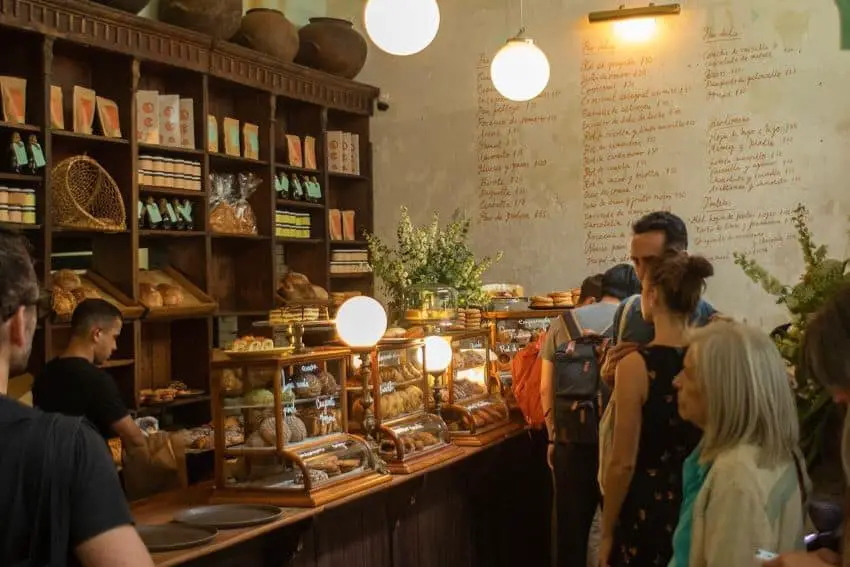In light of President Andrés Manuel López Obrador’s presentation of 20 constitutional reforms on Feb. 5, the Mexico Institute invited Advisory Board members, fellows and experts to provide analysis and commentary on individual proposals and the broader reform package.
You can read the first part of this series here.
AMLO’s Constitutional Reform Proposals
Andrew I. Rudman
Director, Mexico Institute
Many analysts have characterized the package of constitutional reforms presented by President López Obrador (AMLO) on Feb. 5 as a political maneuver intended to create wedge issues for the campaign and to further solidify AMLO’s Fourth Transformation by making it more difficult for a future president to reverse various measures and programs. The maneuver may be good politics, but the proposed reforms are not good policy. Their passage would undermine transparency and weaken civil oversight of elected officials and will undermine confidence in the integrity of Mexican democracy.
One of the proposed reforms calls for the direct election of judges — a change from the current presidential appointment system. While this may sound democratic, and indeed judges are elected in some jurisdictions in the United States, AMLO’s reforms would politicize the third branch of government which is meant to act, in the words of U.S. Supreme Court Chief Justice John Roberts, “like umpires. Umpires don’t make the rules, they apply them. The role of an umpire and a judge is critical. They make sure everybody plays by the rules…” In the same testimony, he noted that, “judges are not politicians who can promise to do certain things in exchange for votes.” The proposal to choose judges through popular vote is perhaps most concerning with respect to the Supreme Court in light of proposed reforms on the internal structure of the Court and AMLO’s direct and personal attacks on justices whose decisions went against his policies.
A second reform would eliminate several independent agencies designed to ensure transparency and protect Mexican consumers. Among those to be abolished are COFECE, Mexico’s Competition Commission, which is responsible for “protecting and promoting competition in the markets to contribute to the welfare of families and the economic growth of the country,” and the National Institute for Transparency, Access to Information, and Protection of Personal Information (INAI). COFECE is “responsible for the efficient functioning of markets to the benefit of consumers,” while INAI provides the transparency required to eliminate precisely the type of corruption that AMLO has sworn to eliminate. Nevertheless, AMLO calls these independent institutions “useless, factious, onerous and anti-popular” and argues that they should be eliminated so that the resources can be allocated to payment of pensions and other direct cash transfer programs. No institution is perfect, and it may indeed be appropriate to consider reforms to the functioning of COFECE, INAI, and some of the other identified institutions. However, their functions provide critical oversight of government, which is an essential part of a vibrant, functioning democracy.
Several of the other proposals are “feel good” proposals that are unlikely to lead to substantive, productive outcomes. A constitutional ban on the use of synthetic drugs not legally authorized, for example, is unlikely to have an impact on drug use which is already prohibited by law while the right to access to health is already included in Article 4 of the constitution.
Constitutional reforms based on thoughtful legislative debate with appropriate public consultation should (ideally) lead to broad based citizen support for them and to greater citizen confidence in the functioning of the institutions on which democracies are based. Reforms presented for wholly political objectives might win elections, but they leave the victors with poor policies with which to govern.
The Logic Behind AMLO’s Proposed Constitutional Changes
Pamela K. Starr
Wilson Center Global Fellow; Professor of the Practice of Political Science and International Relations, USC Dornsife College of Letters, Arts, and Sciences; Fellow, Center on Public Diplomacy and Professor, University of Southern California; Adjunct Fellow for Mexico and U.S.-Mexico Affairs, Pacific Council on International Policy
AMLO’s wish list of 20 constitutional and legal changes presented Feb. 5 runs from highly significant economic and political reforms to ultimately meaningless promises to respect animal rights and outlaw vaping. Two proposals stand out for their importance to economic stability, five for democratic practices, and one for both. All are designed to reinforce AMLO’s effort to transform Mexico into a more statist and less democratic country. Few, if any, have a significant chance of being approved in the current legislative session, but that’s not AMLO’s near term objective. He instead aims to guarantee that his vision for Mexico extends well beyond his single six-year presidency.
The Reforms: A pension reform is fiscally fraught. It would create a government guarantee that every worker receives 100% of their final salary, but it lacks a clear financing mechanism in a tight budgetary context coupled with a transexenial promise not to raise taxes. The proposal to enshrine AMLO’s electricity law in the constitution would permanently undermine investment in renewable energy and contravenes the USMCA. Regarding democracy, AMLO wants to strengthen military power and autonomy by giving it full control of the national guard, undermine the autonomy of the legal system by making all justices, judges and magistrates directly elected, reduce electoral competition by making all legislative elections first-past-the-post races, make all referenda binding if they are supported by just 30% of the electorate, and reduce the INE’s autonomy by making its board directly elected. Finally, AMLO proposes to eliminate autonomous agencies designed to promote economic competition and transparency.
The Objectives: AMLO aims to achieve three political effects from this announcement. First, as these proposals gradually work their way through the legislative process over the next three months, the president’s agenda will dominate the news until the last month of the election campaign. This will help AMLO galvanize and mobilize his political base to get out the vote on June 2. Second, AMLO hopes to use the consequently strong turnout not only to ensure victory for his chosen successor, Claudia Sheinbaum, but to win the 68% of the vote needed to create a qualified majority in both houses of the federal legislature. This would allow him to push through all his proposed reforms in September, the last month of his presidency and the first month of the new Congress.
Failing that, the third effect would be to force Sheinbaum to embrace AMLO’s new governing agenda as central to her government. As a loyal obradorista whose election depends on AMLO’s continued backing, it is unsurprising that Sheinbaum immediately announced her support for the proposals. At the same time, there have been rumblings from her team, and from the candidate herself, that a Sheinbaum government might be more pragmatic and predictable as she implements AMLO’s Fourth Transformation. To ensure that this pragmatic bias does not lead Sheinbaum to stray too far from AMLO’s vision for Mexico, the proposal to reduce the percentage of the electorate needed to authorize referenda, including a presidential recall, from 40 percent to just 30 percent should keep her in line since AMLO’s loyal base of support reached the mid-30s. While AMLO will step down from the presidency on October 1, he still aims to extend his policy influence well beyond that date.
Mexico’s proposed constitutional reforms need careful scrutiny in Mexico and the U.S.
Ambassador Earl Anthony Wayne
Wilson Center Public Policy Fellow, Former Career Ambassador to Afghanistan, Argentina, and Mexico; Distinguished Diplomat in Residence, School of International Service, American University
Mexico’s President López Obrador has proposed 20 constitutional and legal reforms in an apparent effort to boost his chosen successor, Claudia Sheinbaum, and his Morena party for Mexico’s June 2 national elections.
The proposals would protect and advance several AMLO favored initiatives by incorporating them in the constitution. Many of the suggested reforms would concentrate more power in Mexico’s executive at the expense of independent authorities working on electoral, economic, judicial, and other important issues. On Feb. 18, tens of thousands in Mexico met in protest citing several of the proposed reforms as threatening for Mexico’s democracy.
AMLO’s successor, Morena presidential candidate Sheinbaum, is 15-30% ahead in the polls, but AMLO wants his allies to win the 2/3 legislative majority that are needed to approve his recommended constitutional amendments. By offering these reform proposals now, AMLO seems aiming to remain in the limelight during the campaign season, allowing him to weigh in on issues that he sees a key to his legacy and appealing to his electorate.
While AMLO’s proposals can serve to limit the freedom of maneuver for Sheinbaum and other Morena party leaders, several proposals seem designed to put the opposition parties off balance by appealing to poorer Mexicans, for example, by suggesting generous but potentially costly new minimum salary and retirement benefits for workers.
Importantly, several proposals would reduce checks and balances built into Mexico’s democracy over the last 30 years. Concerning propositions include introducing elections for Mexico’s judges, eliminating independent bodies promoting transparency and access to information, weakening electoral authorities, and introducing changes that would favor larger over smaller political parties by eliminating the current use of proportional representation for some congressional seats.
The reforms would also bolster the military’s public security role by giving them formal authority over Mexico’s National Guard, without commensurate steps to strengthen civilian law enforcement or justice authorities. Experts warn against overreliance on the military for public security and other functions in Mexico.
From a good governance perspective, AMLO’s propositions would eliminate key autonomous regulatory bodies including those covering competition, telecommunications, and energy. These reforms would have direct and indirect impact on the implementation of the North American trade agreement, USMCA, and on U.S. companies doing business in Mexico.
Overall, if approved, the proposals would weaken key Mexican institutions. They would give the government more concentrated power by expanding its ability to regulate with less oversight through eliminating independent authorities. This would be a shift away from best international practices and harm Mexico’s ability to attract investment.
With a proposal to cap salaries of public officials even for very demanding regulatory, oversight and judicial jobs (and incorporating AMLO’s version of “austerity” into Mexico’s constitution), the proposed changes could well further weaken Mexico’s public service, which has already been diminished in recent years.
AMLO’s proposals would also protect several AMLO initiatives. These include social welfare programs for the disadvantaged and programs aimed at job training for young people and planting more trees. However, at least the job training program has been criticized for poor results and there is not yet attention to evaluating the effectiveness of the programs that would be protected.
Mexico’s executive has yet made clear the additional fiscal costs that would be imposed on future governments by AMLO’s proposals. Experts say those costs could be substantial and require a serious discussion to consider future costs.
One potentially important AMLO proposal is to put his ban on hydraulic fracking into the constitution. This would tie the hands of future governments who might find more ecologically acceptable ways to develop Mexico’s significant natural gas resources to meet energy security needs. Mexico is very reliant on natural gas from the U.S., for example.
From a U.S. perspective, some proposals threaten commitments made in the USMCA trade agreement and could harm U.S. businesses in Mexico. Mexico is the U.S.’s largest trading partner and depends heavily on exports to the U.S. and U.S. investments for jobs and growth.
AMLO’s proposed reforms would weaken and eliminate independent regulators that are intended to play a vital role in the energy, telecommunications, competition, and transparency areas, as well as in countering corruption. The U.S. has already complained that Mexico not following the USMCA’s regulatory and transparency procedures in the agricultural and energy sectors. AMLO’s current proposals would also transform Mexico’s oil and electricity entities into fully state-owned and run entities, which could allow for further questionable practices and policies.
In general, independent bodies are considered very valuable for good regulatory policy making and for transparency. These types of regulatory entities are important for good implementation of the USMCA and for protection of the many US companies operating in Mexico. Mexico already ranks poorly in studies of regulatory enforcement, and Mexico has been cited recently for a lack of transparency and increased use of no-bid contracts for government-related projects. Observers also express concern that the proposed judicial reforms will reduce the independence and professionalization of judges in reviewing economic, regulatory and legal complaints.
In an apparent effort to circumvent USMCA, AMLO also proposes to put a ban on genetically modified corn into the constitution. U.S. farmers currently sell massive quantities of GM corn to Mexico, and the U.S. has filed a USMCA trade complaint about Mexico’s plans to ban GM corn without providing science-based evidence. A GMO ban would seriously harm many US farmers and underscore important differences over the use of science-based policies as required in USMCA.
Strategically, the U.S. seeks a strong democratic Mexico to be a good partner in building a more competitive, prosperous North America. Several of AMLO’s proposed constitutional and legal changes, however, should spark serious concern in Washington.
AMLO’s proposals certainly deserve thorough debate and examination in Mexico. Additionally, they should attract scrutiny and appropriate responses from the U.S. If enacted, several could have a major impact on U.S.-Mexico relations.
This article was originally published by The Mexico Institute at The Wilson Center.
Disclaimer: The views expressed in this article are solely those of the author(s) and do not necessarily reflect the views of Mexico News Daily, its owner or its employees.
